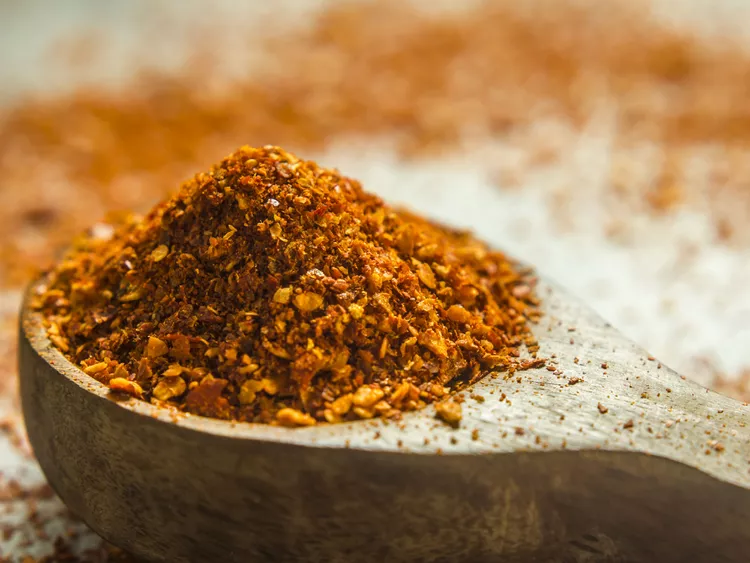- No. 268 Xianghe Street, Economic Development Zone of Xingtai city, Hebei 054001 China
- Byron@hbhongri.cn
paprika and smoked paprika
The Versatile World of Paprika and Smoked Paprika
Paprika, a vibrant red spice that comes from ground peppers, is a staple in many cuisines around the globe. Its name derives from the Hungarian word paprika, which refers to both the spice itself and the fruit from which it is made. This capsicum-derived seasoning is beloved not only for its striking color but also for its unique flavor profile. Among the various types of paprika, smoked paprika stands out, offering an intriguing twist that has captivated the tastes of chefs and home cooks alike.
The Origins of Paprika
Paprika has a rich history, with roots tracing back to Central Mexico, where the peppers were initially cultivated. The spice was brought to Europe in the 16th century by Spanish explorers. Hungary quickly adopted it, and today, it is deeply ingrained in Hungarian culinary traditions. Hungarian paprika is known for its high quality and diverse flavor range, from sweet to hot. It is often considered the gold standard for paprika, inspiring various dishes like goulash and chicken paprikash.
The Flavor Profile
Regular paprika offers a milder, slightly sweet taste that can enhance many dishes without overpowering other flavors. It can vary in intensity depending on the type of peppers used and the drying process. Generally, sweet paprika, often found in Hungarian cuisine, is more universally appealing, while hot paprika provides a spicy kick for those who crave it.
On the other hand, smoked paprika, or pimentón, hails from Spain, where peppers are traditionally dried and smoked over oak wood. This unique smoking process imparts a deep, complex flavor that can range from mild to hot. Smoked paprika is characterized by its earthy undertones, which can transform a dish by adding depth and a slight smokiness, reminiscent of outdoor grilling. It has gained popularity in various global cuisines, including Mediterranean, American, and Middle Eastern.
Culinary Uses
paprika and smoked paprika

Both types of paprika are incredibly versatile and can be used in a myriad of dishes. Regular paprika is often sprinkled over deviled eggs, blended into sauces, or used to season meats and vegetables. It can also be combined with other spices to create flavorful rubs and marinades.
Smoked paprika, with its distinctive taste, is perfect for enhancing dishes that benefit from a hint of smokiness. It can elevate roasted vegetables, give a depth to stews, or add complexity to simple dishes like scrambled eggs. It's particularly popular in tapas, such as patatas bravas, where the spice complements the crispy potatoes beautifully. Grilling meats or seafood and finishing with a sprinkle of smoked paprika creates an exciting flavor contrast that lingers on the palate.
Health Benefits
Both regular and smoked paprika are rich in antioxidants, vitamins, and minerals. They contain vitamin A, which is essential for eye health, and vitamin C, known for its immune-boosting properties. Additionally, paprika is believed to have anti-inflammatory properties and can support digestion.
Pairing with Other Ingredients
When cooking with paprika or smoked paprika, it’s essential to consider which ingredients will complement their flavors. Garlic, onion, and tomatoes pair well with both types, creating a delicious base for many dishes. Proteins like chicken, pork, and fish also work wonderfully with these spices, as do grains and legumes, which can absorb their unique flavors.
Final thoughts Whether you prefer the sweet warmth of regular paprika or the robust smokiness of smoked paprika, both spices are essential in the culinary world. They not only enhance the flavor of food but also add visual appeal, making any dish more inviting. So next time you find yourself at the spice aisle, consider exploring the versatile art of paprika to elevate your cooking to new heights.
-
Turmeric Rhizome Powder: A Golden Treasure from Roots to TableNewsJul.28,2025
-
The Versatile Application Of Crushed Red Hot Peppers: Lighting Up The Red Flames On The Dining TableNewsJul.28,2025
-
The Paprika: A Touch Of Vibrant Red In Color, Flavor, And CultureNewsJul.28,2025
-
Ground Turmeric: A Modern Examination of an Ancient SpiceNewsJul.28,2025
-
Capsicum Liquid Extract: Features, Applications, and ChallengesNewsJul.28,2025
-
Application of Capsicum Liquid Extract in FoodNewsJul.28,2025







